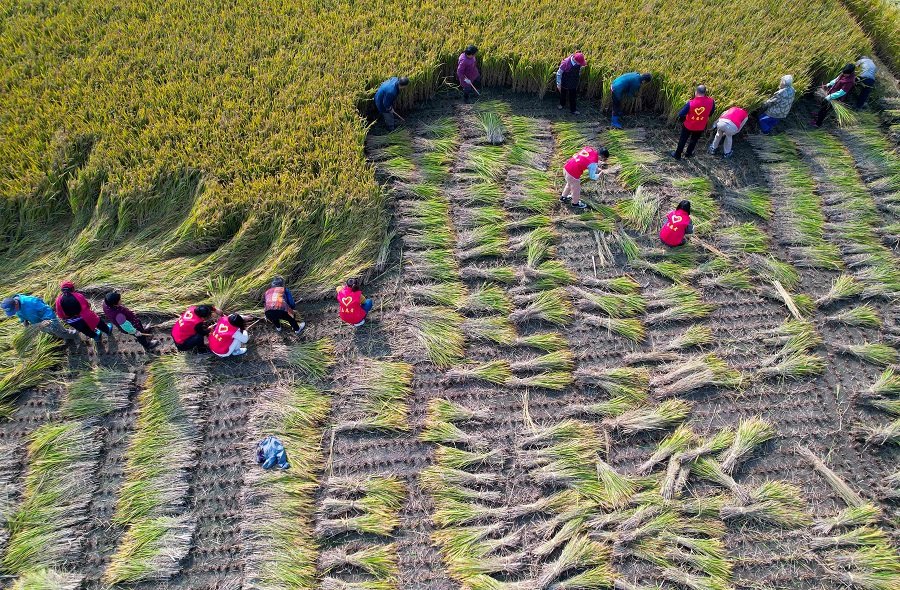China has embarked on a new era in its seed industry by ramping up the commercialization of genetically modified (GM) crops.
In a significant move aimed at bolstering food security and agricultural efficiency, China has embarked on a new era in its seed industry by ramping up the commercialization of genetically modified (GM) crops. This strategic shift comes after regulatory approval for large-scale cultivation of two key staple crops, marking a pivotal moment in China’s agricultural landscape.
Under the leadership of President Xi Jinping, who has stressed the importance of self-sufficiency in feeding the nation’s vast population, China has intensified efforts to embrace GM technology. Over a decade of debate and cautious trial planting has led to the acceleration of commercialization efforts, aligning with the country’s broader agricultural goals.
GM Crop Portfolio Expansion
The Ministry of Agriculture and Rural Affairs, overseeing the application of GM technology, has broadened the spectrum of approved crops for commercial cultivation. Initially limited to papaya and cotton, the approval scope expanded significantly in October 2023, encompassing 37 varieties of GM corn and 14 varieties of GM soybeans. Subsequent approvals in March included 27 additional corn and three soybean varieties.
Key Players in GM Development
Leading Chinese biotechnology firms such as Beijing Dabeinong Biotechnology and Beijing Lantron Seed, alongside Shandong Denghai Seeds, have emerged as pivotal contributors to China’s GM food development.
Moreover, China National Seed Group, a subsidiary of Syngenta Group China, a prominent industry player, holds ownership of several approved varieties. Syngenta’s acquisition by state-owned ChemChina in 2017 underscores the government’s strategic interest in securing domestic capabilities in seed production and technology.
Regulatory Environment and Foreign Access
While foreign investment in GM crop breeding and seed production is generally restricted, regulatory provisions offer avenues for approval through the State Council. Despite varying regulations, the Ministry of Agriculture’s safety guidelines for GM organisms provide room for potential foreign involvement, subject to approval.
Geographic Constraints and Expansion
Designated areas in Gansu, Inner Mongolia, Yunnan, and Hubei have been earmarked for the cultivation of approved GM crop varieties. Previous trial plantings covered additional regions, indicating a gradual expansion of GM cultivation across the nation. However, the scale of GM crop cultivation remains undisclosed, with estimations suggesting approximately 267,000 hectares were utilized for trial projects in the preceding year.
Labeling Regulations and Market Outlook
Mandatory labeling requirements for products containing GM ingredients are anticipated to undergo revisions, with proposed amendments suggesting relaxed thresholds. Analysts predict substantial growth in China’s GM food market, with projections indicating a market value of 7 billion yuan ($968 billion USD) over the next eight years. Additionally, GM varieties are expected to occupy a significant portion of corn and soybean crops, potentially constituting 40% of the total planting area in the next six years.
Conclusion
China’s accelerated adoption of Genetically Modified Crops signifies a strategic pivot towards enhancing food security and agricultural productivity. With regulatory support, domestic investment, and expanding cultivation areas, China aims to mitigate dependence on foreign imports and bolster self-sufficiency in meeting the dietary needs of its burgeoning population. As the nation navigates the complexities of GM technology integration, the trajectory of its agricultural landscape heralds a new chapter in China’s quest for food security.
